To better understand the circadian clock in modern-day cyanobacteria, a Japanese research team has studied ancient timekeeping systems. They examined the oscillation of the clock proteins KaiA, KaiB, and KaiC (Kai-proteins) in modern…
Category: Paleontology
-
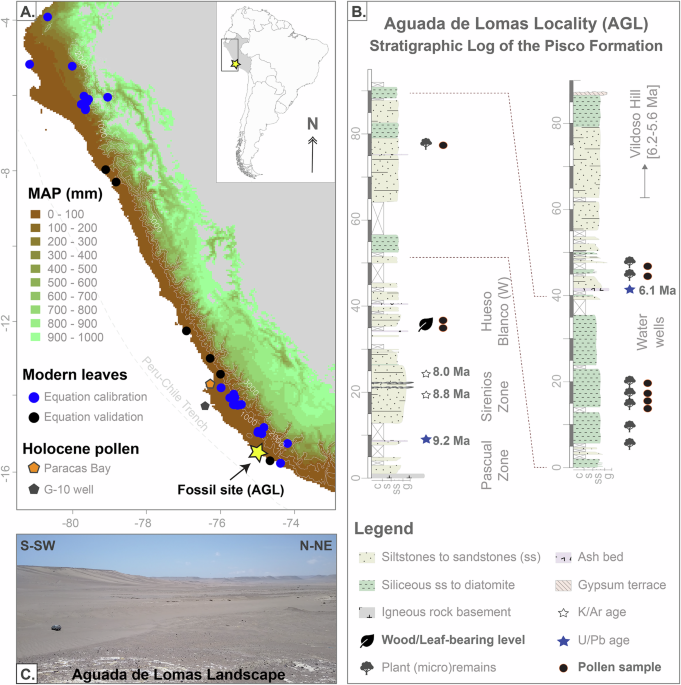
Late Miocene greening of the Peruvian Desert
Study material and chronology
We recovered 55 leaves, three wood fragments and nine palynological samples from sediments of the coastal to shallow-marine Pisco Formation, that crop out in the AGL Locality within the Sacaco area (15.5°S,74.8°W)….
Continue Reading
-
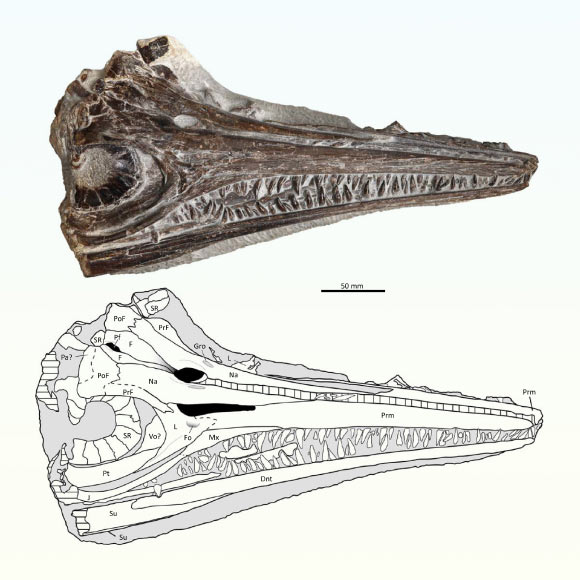
New Ichthyosaur Species Uncovered in Portugal
Paleontologists have announced the discovery of a new genus and species of baracromian ichthyosaur, based on the fossilized skull found in the Água de Madeiros Formation, Portugal.
Gadusaurus aqualigneus. Image credit: Pratas e Sousa et al.,…
Continue Reading
-

Glaciers will take centuries to recover even if global warming is reversed, scientists warn
New research reveals mountain glaciers across the globe will not recover for centuries — even if human intervention cools the planet back to the 1.5°C limit, having exceeded it.
The research, led by the University of Bristol in the UK and the…
Continue Reading
-
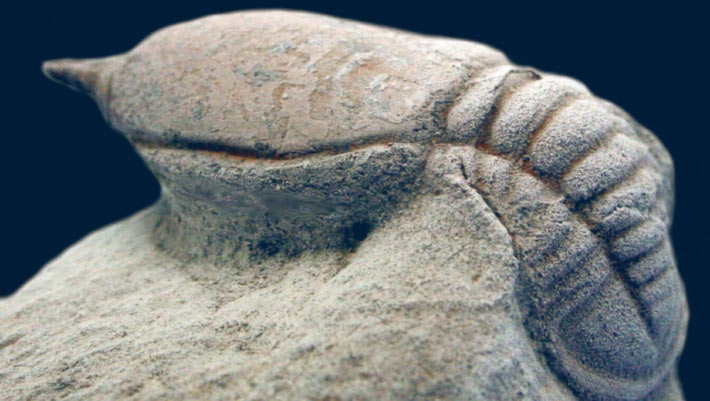
Trilobites of the Twilight Zone
Trilobites were a diverse group of ancient marine arthropods. Many trilobites lived on the seafloor but some occupied open water. New research has resolved the evolutionary history of a bizarre group of trilobites called the cyclopygids, named…
Continue Reading
-

Ancient ocean sediments link changes in currents to cooling of Northern Hemisphere 3.6 million years ago
New research from an international group looking at ancient sediment cores in the North Atlantic has for the first time shown a strong correlation between sediment changes and a marked period of global cooling that occurred in the Northern…
Continue Reading
-

Very different mammals follow the same rules of behavior
In the natural world — where predators pounce, prey flee, and group members feed and sleep in solidarity — animal behavior is glorious in its variety. Now, new research suggests there may be an underlying architecture that orders the movements…
Continue Reading
-
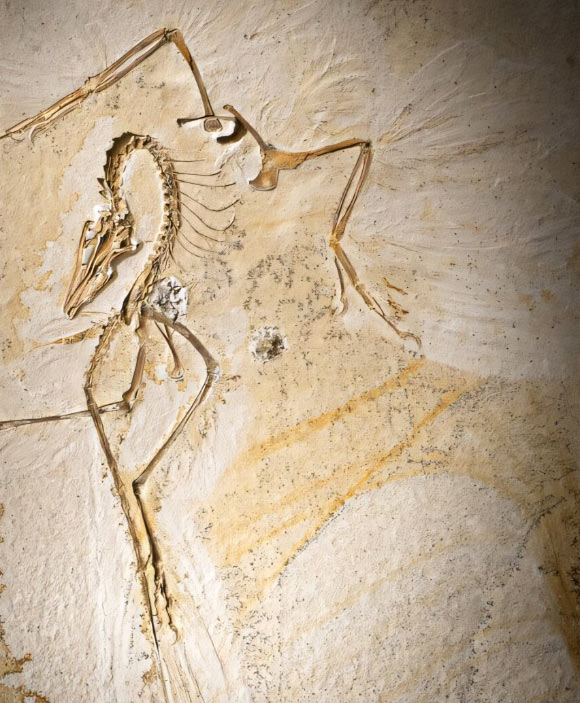
New, Perfectly-Preserved Specimen of Archaeopteryx Discovered
Dubbed the Chicago Archaeopteryx, the new fossil is the 14th known specimen of this iconic Jurassic species.
The Chicago Archaeopteryx. Image credit: Delaney Drummond / Field Museum.
Archaeopteryx lived approximately 150 million years ago…
Continue Reading
-

Digital reconstruction reveals 80 steps of prehistoric life
A dinosaur’s 40-second journey more than 120 million years ago has been brought back to life by a University of Queensland-led research team using advanced digital modelling techniques.
Dr Anthony Romilio from UQ’s Dinosaur Lab analysed and…
Continue Reading
-
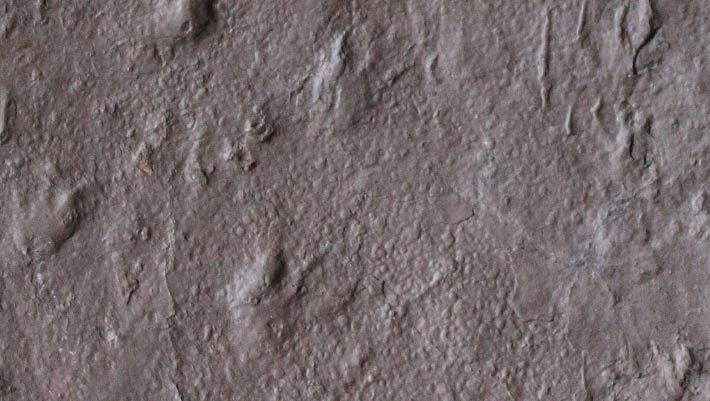
Fossil Tracks Found in Australia Push Back Origin of Reptiles by 35 Million Years
Paleontologists have discovered fossilized tracks of a reptile-like animal — securely dated to the early Tournaisian age of the Carboniferous period, about 355 million years ago — in the Snowy Plains Formation of Victoria in Australia….
Continue Reading